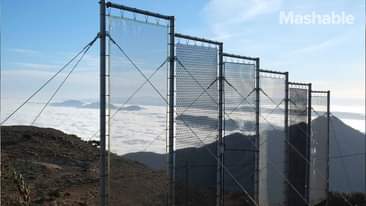Shocking developments and futuristic cheese farms were just icing on the cake.
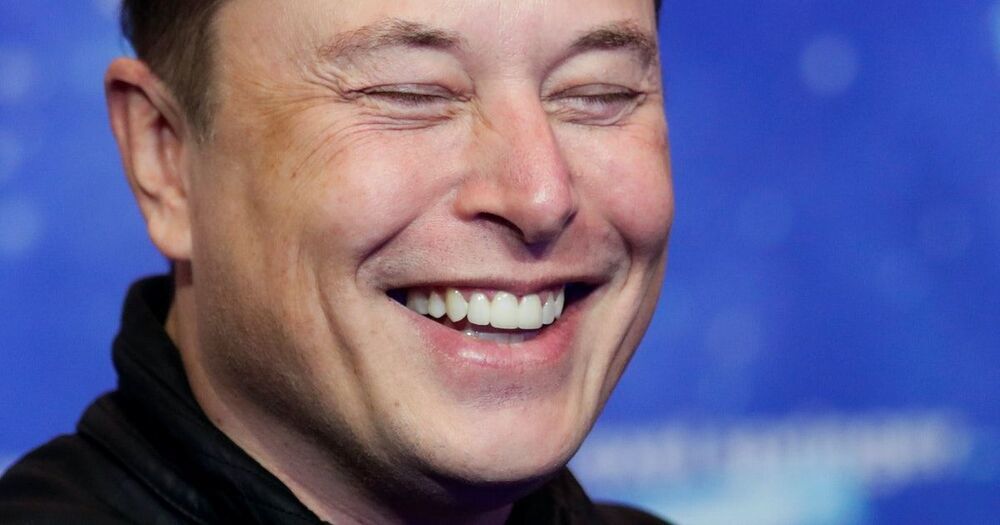

Electric motors have a lot of power and it is instant on-demand.
When Tesla unveiled its new Plaid Model S earlier this month, it took the world by storm, fueling dreams of speed, racing, and fun. In the sense of a grand finale to Tesla’s event, another event was talked about in the weeks following. That event was the annual race to the summit of Pikes Peak. Also known as “The Race to the Clouds,” the entire track winds through 156 turns over 12.42 miles as it reaches the summit of Pikes Peak.
There’s no motorcycle on the planet like this one. British company White Motorcycle Concepts (WMC) has put land speed record holders on notice with a 2WD, hydraulically hub-steered electric motorcycle, designed around a giant hole. The company says the WMC250EV should be capable of more than 250 mph (402 km/h) thanks to a massive 69 percent reduction in drag.
Rob White has paid his dues in the racing world, working on numerous Formula One, Le Mans Prototype, V8 supercar and World Endurance Championship race teams over the last 25-odd years. And his approach to motorcycle design is clearly influenced by the world of high-end cars.
Going super fast ends up being much more about aerodynamics than horsepower; the air becomes a ferocious adversary as you move past two or three times highway speed. Motorcycles are aerodynamically ugly without big, streamlined fairings, chiefly because of the big, funny-shaped human on the back.
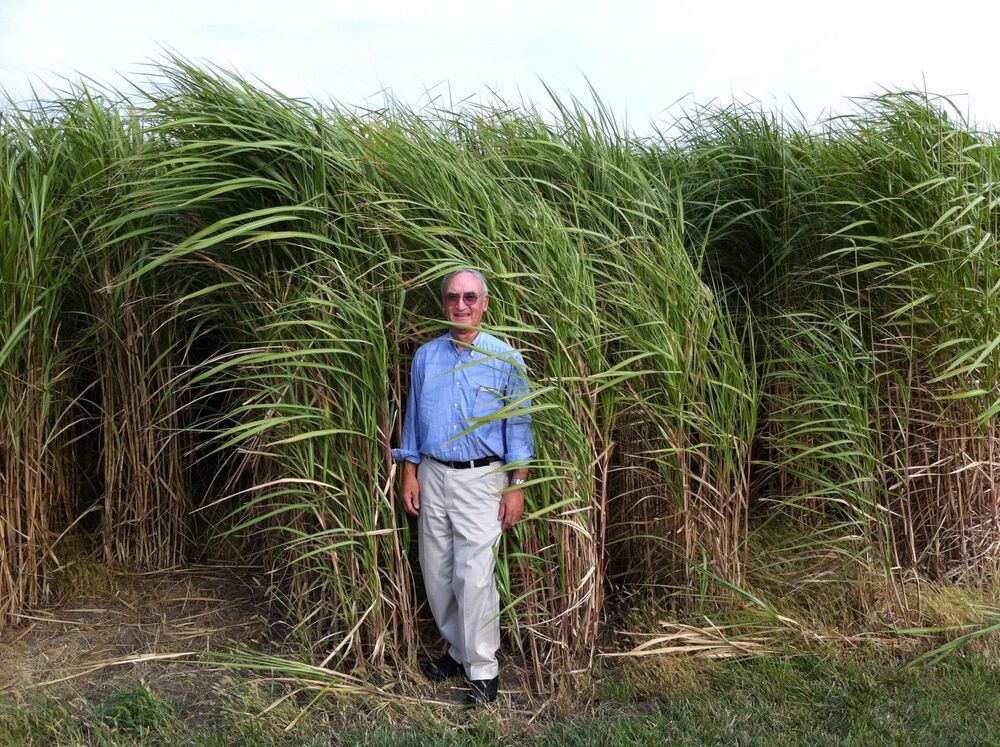
The new system streamlines the process of fermenting plant sugar to fuel by helping yeast survive industrial toxins.
More corn is grown in the United States than any other crop, but we only use a small part of the plant for food and fuel production; once people have harvested the kernels, the inedible leaves, stalks and cobs are left over. If this plant matter, called corn stover, could be efficiently fermented into ethanol the way corn kernels are, stover could be a large-scale, renewable source of fuel.
“Stover is produced in huge amounts, on the scale of petroleum,” said Whitehead Institute Member and Massachusetts Institute of Technology (MIT) biology professor Gerald Fink. “But there are enormous technical challenges to using them cheaply to create biofuels and other important chemicals.”
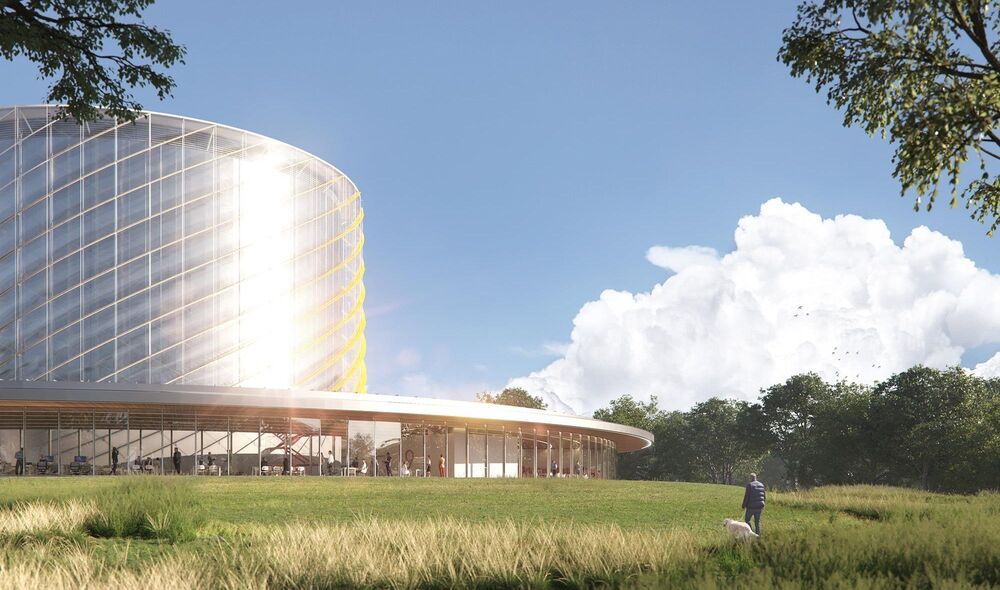
## GENERAL FUSION (VANCOUVER) • JUN 16, 2021.
# General Fusion to build its Fusion Demonstration Plant in the UK, at the UKAEA Culham Campus.
*Unlike conventional nuclear power, which involves fission or splitting atoms, the emerging fusion technology promises clean energy where the only emission would be helium, and importantly, no radioactive waste.*
New partnership between General Fusion and UKAEA is a landmark collaboration in the development of fusion, a technology for the world’s low-carbon future.
VANCOUVER, Canada and LONDON, United Kingdom (17th June 2021 BST): The UK Atomic Energy Authority (UKAEA) and General Fusion have announced an agreement under which General Fusion will build and operate its Fusion Demonstration Plant (FDP) at UKAEA’s Culham Campus. General Fusion will enter into a long-term lease with UKAEA following construction of a new facility at Culham to host the FDP. The FDP will demonstrate General Fusion’s proprietary Magnetized Target Fusion (MTF) technology, paving the way for the company’s subsequent commercial pilot plant. General Fusion will benefit from the cluster of fusion supply chain activities in the UK, centered on UKAEA’s globally recognized expertise and presence in the field.
Amanda Solloway, Science Minister for UK Government said: “This new plant by General Fusion is a huge boost for our plans to develop a fusion industry in the UK, and I’m thrilled that Culham will be home to such a cutting-edge and potentially transformative project. Fusion energy has great potential as a source of limitless, low-carbon energy, and today’s announcement is a clear vote of confidence in the region and the UK’s status as a global science superpower.”
The Fusion Demonstration Plant at Culham is the culmination of more than a decade of advances in General Fusion’s technology, and represents a major milestone on the company’s path to commercialization. The Fusion Demonstration Plant will verify that General Fusion’s MTF technology can create fusion conditions in a practical and cost-effective manner at power plant relevant scales, as well as refine the economics of fusion energy production, leading to the subsequent design of a commercial fusion pilot plant. Construction is anticipated to begin in 2022, with operations beginning approximately three years later.

About 2.2 billion people globally lack reliable access to clean drinking water, according to the United Nations, and the growing impacts of climate change are likely to worsen this reality.
Solar steam generation (SSG) has emerged as a promising renewable energy technology for water harvesting, desalination, and purification that could benefit people who need it most in remote communities, disaster-relief areas, and developing nations. In Applied Physics Letters, Virginia Tech researchers developed a synthetic tree to enhance SSG.
SSG turns solar energy into heat. Water from a storage tank continuously wicks up small, floating porous columns. Once water reaches the layer of photothermal material, it evaporates, and the steam is condensed into drinking water.
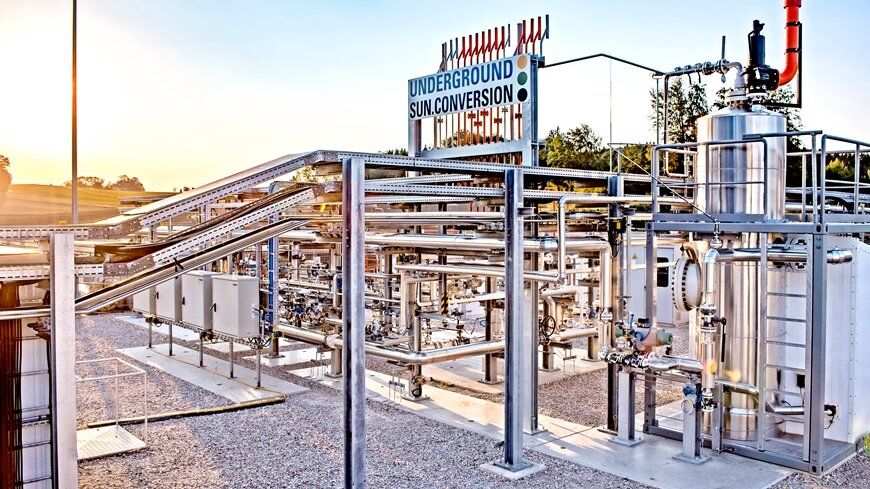
During the winter months, renewable energy is in short supply throughout Europe. An international project is now considering an unconventional solution: Renewable hydrogen and carbon dioxide are pumped into the ground together, where naturally occurring microorganisms convert the two substances into methane, the main component of natural gas.
Underground Sun Conversion technology, patented by the Austrian energy company RAG Austria AG, offers a way to seasonally store renewable energy on a large scale and make it available all year round. In summer, this involves converting surplus renewable energy—solar power, for instance—into hydrogen (H2). This is then stored together with carbon dioxide (CO2) in natural underground storage facilities—for example, former natural gas deposits—at a depth of over 1000 meters.
This is where little helpers come into play: Microorganisms from prehistoric times, so-called archaea, convert hydrogen and CO2 into renewable methane (CH4) via their metabolism. Archaea are found all over the world, mainly in anaerobic, i.e. low-oxygen environments; they were responsible for converting biomass into natural gas millions of years ago. By feeding hydrogen and CO2 into suitable porous sandstone deposits, this process can be started all over again. The methane “produced” in the depth can then be withdrawn from the reservoirs during winter and used in a variety of ways as CO2-neutral natural gas.
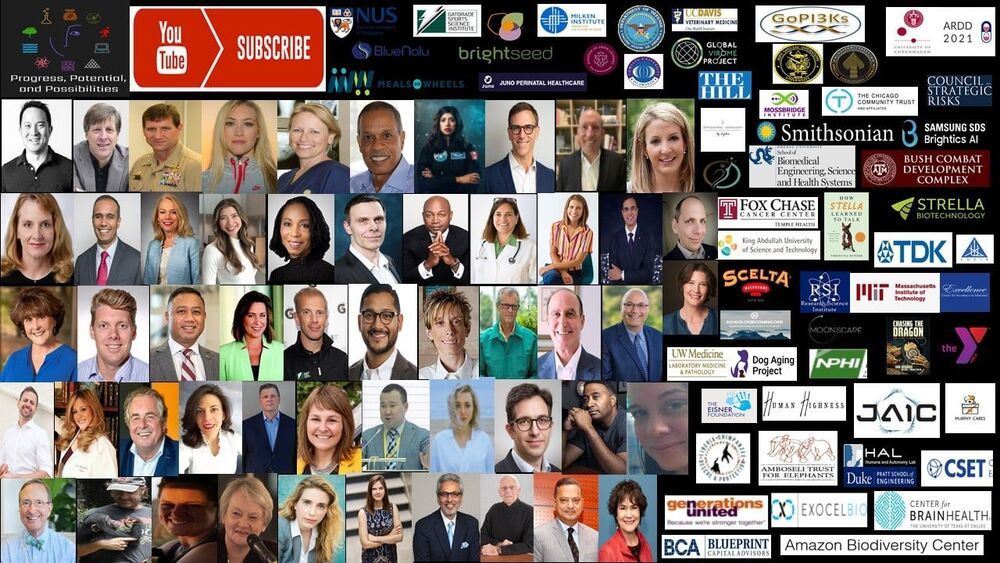
- Progress, Potential, And Possibilities has had another busy month, with another awesome set of guests from academia, industry, and government, all focused on building a better tomorrow — Please come subscribe and enjoy all our current and future guests — Much more to come! # Health # Longevity # Biotech # SpaceExploration # ArtificialIntelligence # NeuroTechnology # RegenerativeMedicine # Sports # Environment # Sustainability # Food # NationalSecurity # Innovation # Future # Futurism # AnimalWelfare # Equity # IraPastor.
SpaceX’s plans land it near trouble.
Musk Reads #252
